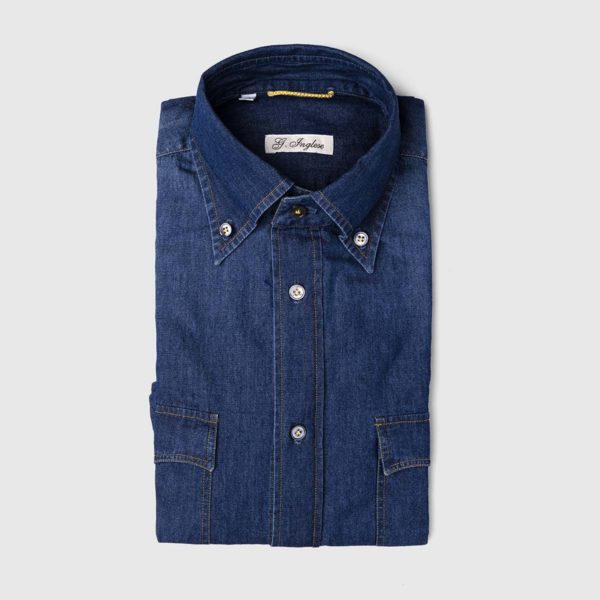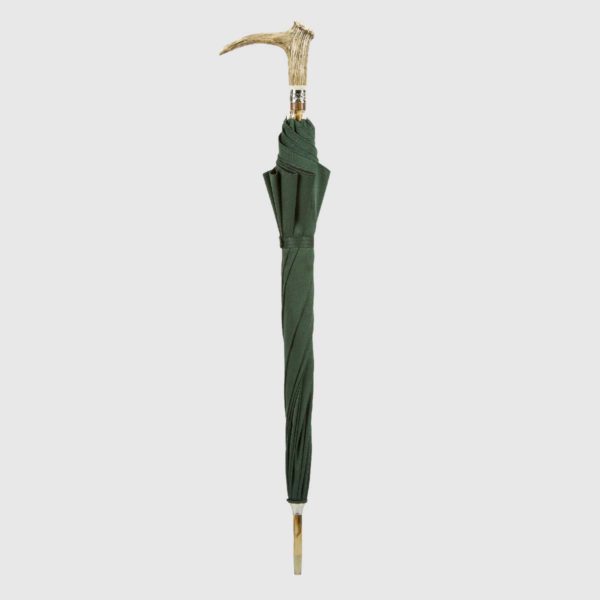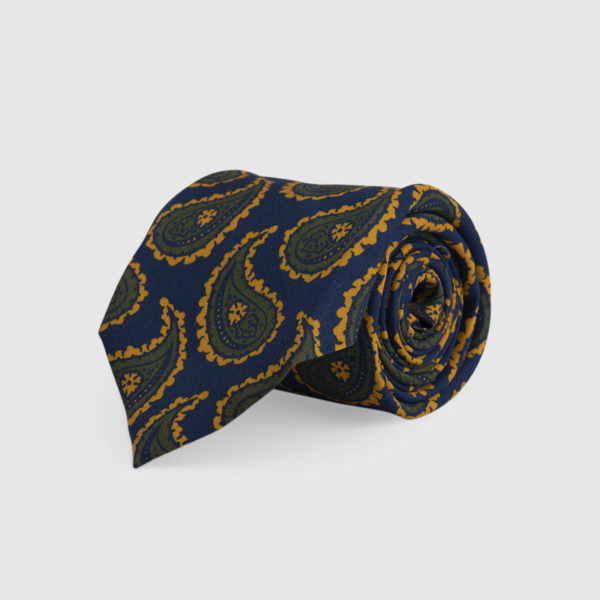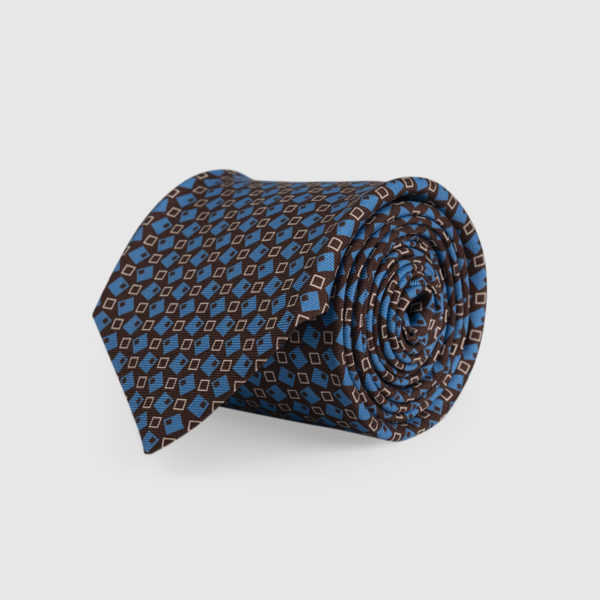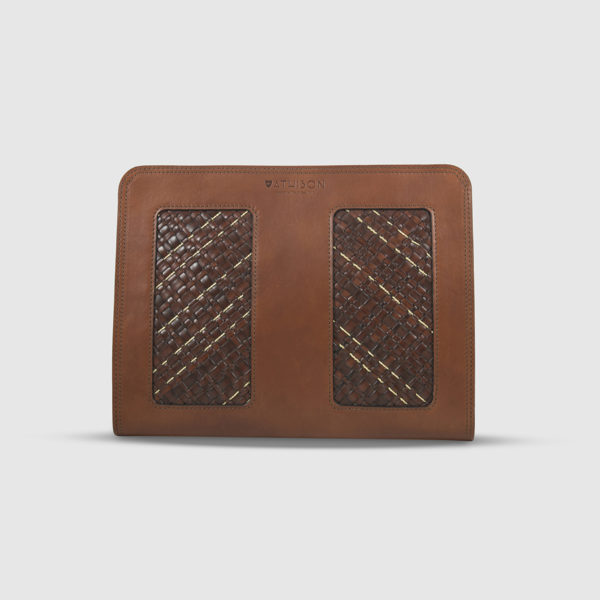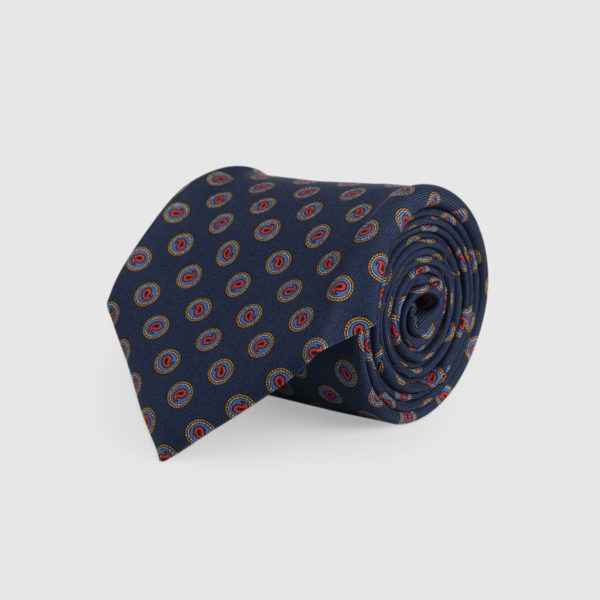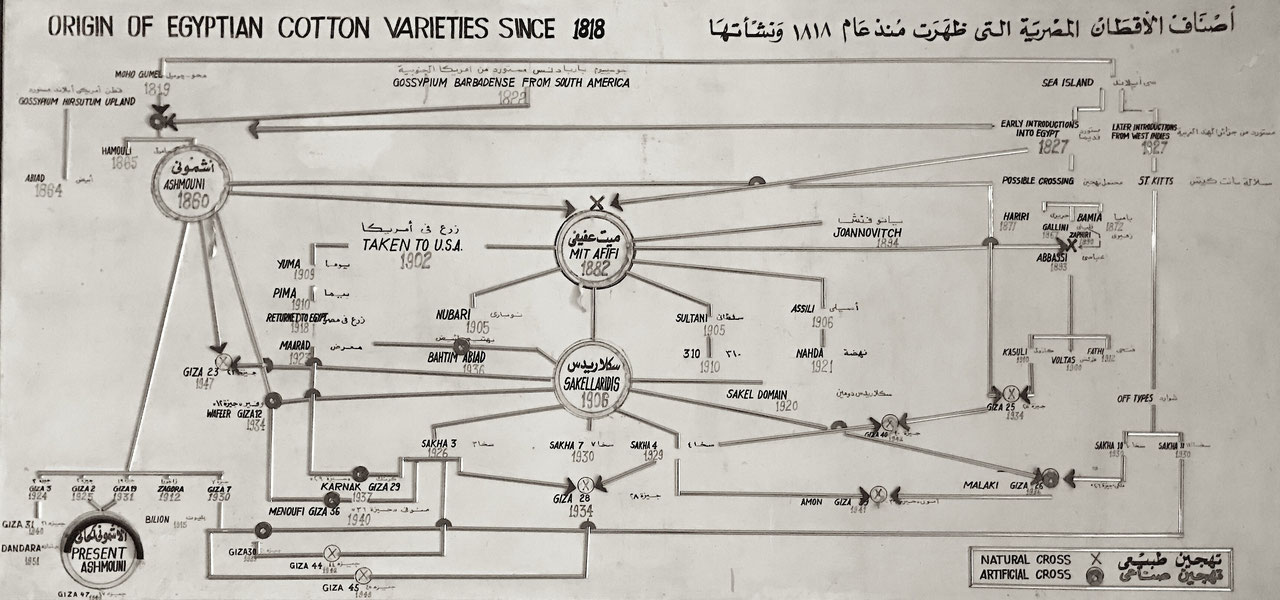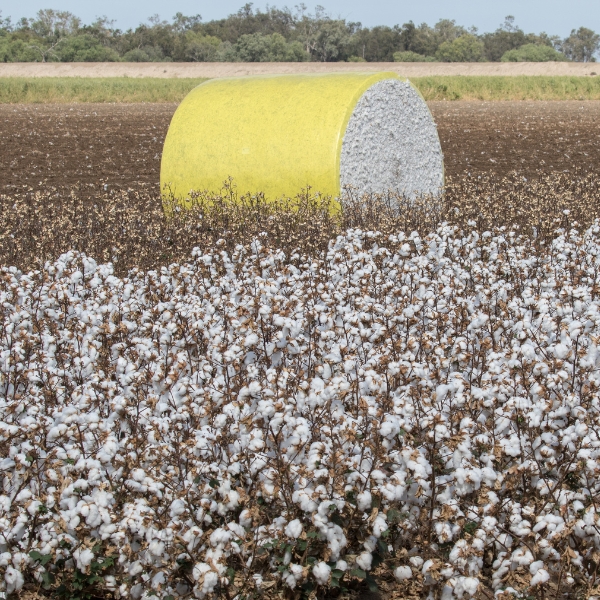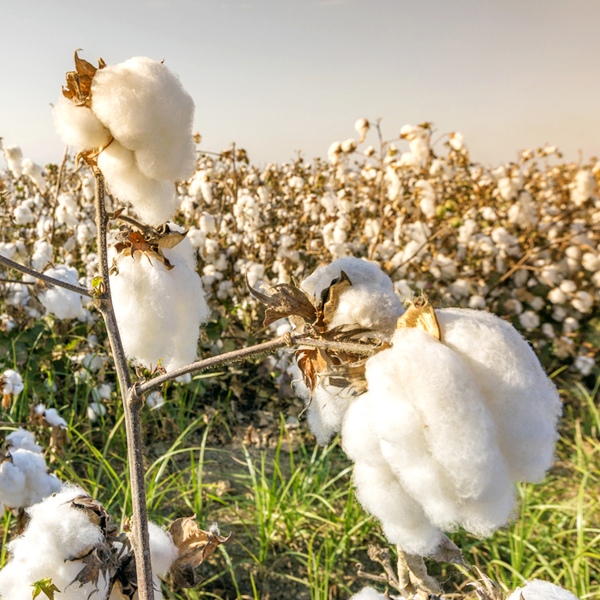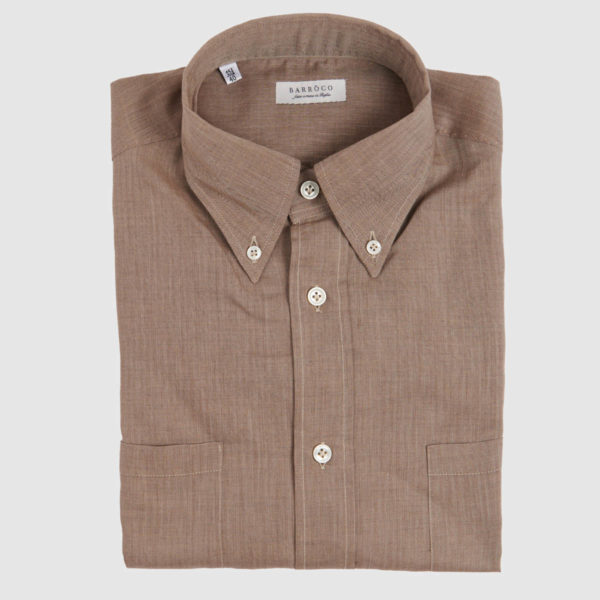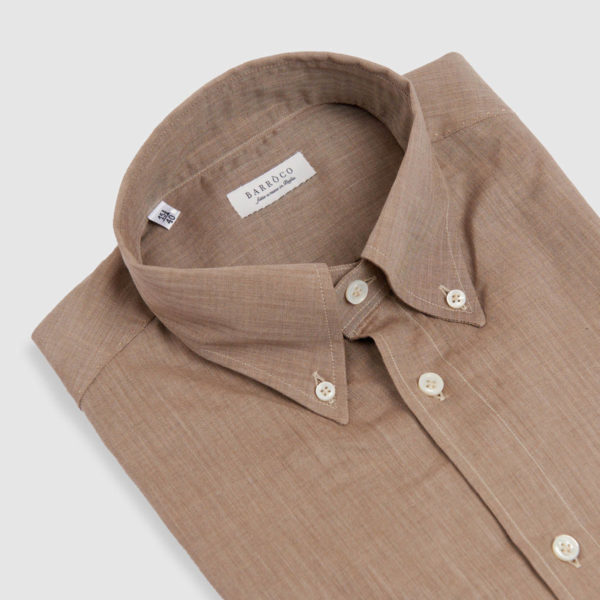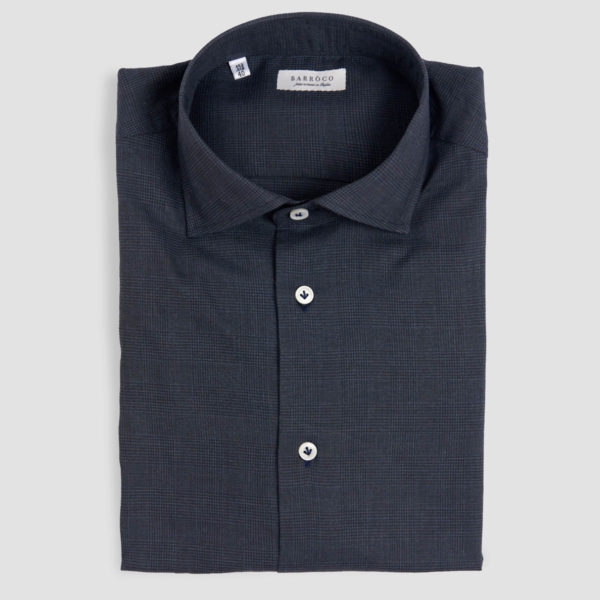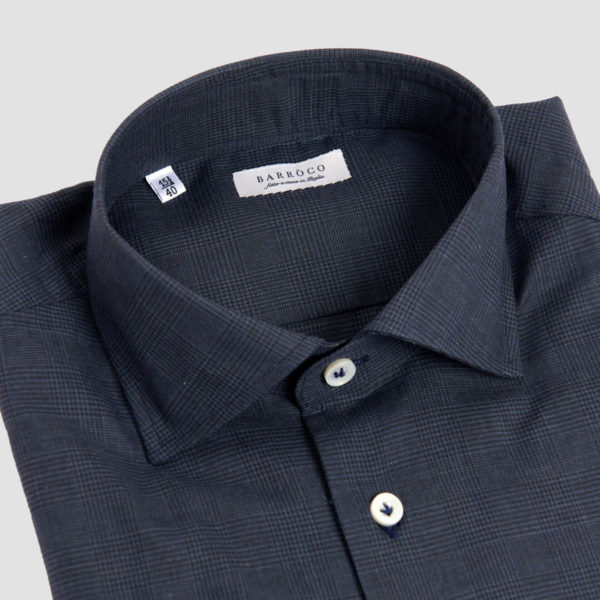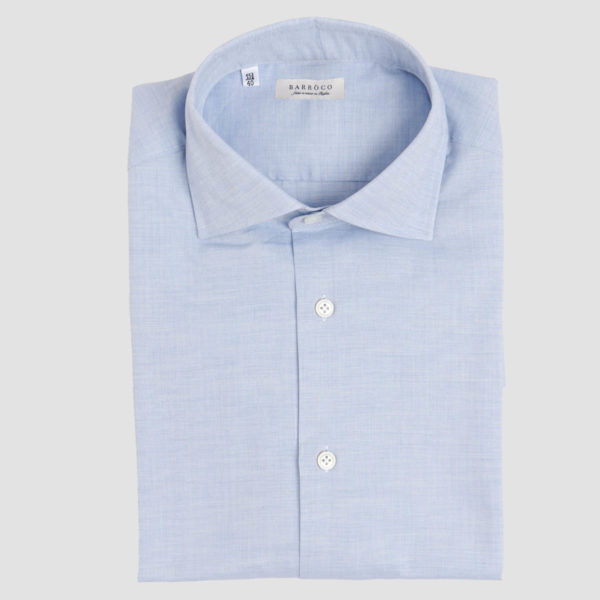With the climate providing a hot and humid atmosphere, the generous flooding of the river nurturing its soil, this area has been a staple in the production of high-end cotton for centuries. Rich in minerals, its soil provides diverse elements that result in extraordinary crops every year.
There are several varieties of Giza cotton, each with its own unique characteristics. Giza cottons differenziate themselves from being long staple cottons to extra-long staple cottons.
Long Staple: Giza 86, Giza 89, Giza 90
Extra Long Staple: Giza 45, Giza 70, Giza 87, Giza 88, Giza 93
Long staple cottons has a fiber length around 33 mm and goes from 4.3 to 4.9 micronaire. With these characteristics yarns can be produced up to Ne 50/1 and 70/1.
Extra Long staple, instead, has a fiber length that can exceed 36mm , are extremely fine (2.95micronaire) and they has a superbe grade if uniformity.
Nowadays Egyptian Extra Fine & Extra Long Staple Cotton, the finest in the world, including Cotton varieties like Giza 45, Giza 87 and Giza 93, represents less than one percent of the total local production, being absolutely a state-of-the-art product, extremely rich in tradition.
These Giza cottons are also hand-picked by 3-4 phases to ensure only fully mature bolls are picked. This manual approach also minimizes stress on the fibers, eliminating the need for chemical defoliants and reducing exposure to chemical products that typically accompany mechanical harvesting.
 0
0




